The evolution of the internet has been a remarkable journey. From static webpages in Web 1.0 to the dynamic, user-generated content of Web 2.0, the digital world has grown immensely. Now, as we stand on the brink of Web 3.0, a new era is emerging, promising a decentralized, user-centric, and trust-driven internet experience. But what exactly is Web 3.0, and how will it reshape the digital landscape?
What is Web 3.0? A Simple Explanation
Web 3.0, also referred to as Web3, is the third generation of internet services. It aims to create a decentralized web that empowers users, enhances data privacy, and builds digital trust. Unlike Web 2.0, where tech giants control and monetize user data, Web 3.0 envisions a fairer, open-source internet that utilizes technologies like blockchain, semantic web, and artificial intelligence.
Key Characteristics:
- Decentralization: No single entity controls data.
- Blockchain Technology: Offers transparency and immutability.
- Semantic Web: Machines understand content like humans.
- Artificial Intelligence: Smarter recommendations and user experiences.
- User Sovereignty: Users own their data and identities.
The Need for Web 3.0
The centralized nature of Web 2.0 has led to growing concerns over:
- Data privacy breaches
- Misinformation and manipulation
- Surveillance capitalism
- Lack of digital trust
Web 3.0 aims to address these challenges by reshaping the underlying architecture of the internet. It decentralizes control and ensures transparency through blockchain-based governance models.
Core Technologies Behind

1. Blockchain
At the heart of Web 3.0 is blockchain technology. It decentralizes data storage, creates immutable ledgers, and enables peer-to-peer interactions without intermediaries.
2. Smart Contracts
These are self-executing agreements coded on blockchains. They automate processes, reduce the need for trust in third parties, and ensure transparency in digital transactions.
3. Cryptocurrencies and Tokens
Cryptocurrencies like Ethereum and Bitcoin serve as native currencies in the Web 3.0 ecosystem. They incentivize participation and maintain network integrity.
4. Decentralized Autonomous Organizations (DAOs)
DAOs replace traditional management structures with transparent, code-governed communities.
5. Interoperability Protocols
Web 3.0 envisions an internet where platforms and applications can communicate seamlessly across chains and networks.
Digital Identity and Trust
One of the most revolutionary aspects of Web 3.0 is the concept of self-sovereign identity. Users can own and control their digital identities without relying on third parties like Google or Facebook.
Features of Decentralized Digital Identity:
- Verifiable credentials
- Privacy-preserving authentication
- Reduced identity fraud
Digital trust is embedded through:
- Transparent blockchain records
- Community governance
- Reputation systems in decentralized applications (dApps)
Real-World Applications
1. Decentralized Finance (DeFi)
DeFi eliminates banks and intermediaries, enabling peer-to-peer lending, borrowing, and investing on blockchain networks.
2. NFTs and Digital Ownership
Non-Fungible Tokens (NFTs) allow ownership of digital art, music, and other virtual assets, transforming the creator economy.
3. Decentralized Social Media
Platforms like Mastodon and Lens Protocol offer censorship-resistant communication and user-owned content models.
4. Decentralized Cloud Storage
Systems like IPFS and Filecoin offer secure, distributed file storage alternatives to Google Drive or Dropbox.
5. Web3 Browsers
Browsers like Brave and Opera integrate crypto wallets and enable users to earn tokens while browsing.
How India Can Leverage Web 3.0
India, with its massive digital population and thriving startup ecosystem, has a unique opportunity to embrace Web 3.0.
Opportunities:
- Empowering rural populations through decentralized finance
- Promoting blockchain-based land records and e-governance
- Building dApps for agriculture, education, and healthcare
- Skill development in blockchain and AI technologies
Challenges:
- Regulatory uncertainty around crypto and blockchain
- Low awareness and digital literacy
- Need for public-private partnerships
Challenges to Adoption Globally
- Scalability: Current blockchain networks struggle to handle high transaction volumes.
- User Experience: Web 3.0 applications often require technical knowledge.
- Regulation: Varying global stances on crypto and decentralization.
- Security Concerns: Smart contract vulnerabilities and phishing attacks.
The Future of Web 3.0: What Lies Ahead?
As the ecosystem matures, Web 3.0 will likely merge with other technologies such as:
- Metaverse: Digital universes that rely on Web3 infrastructure.
- Internet of Things (IoT): Decentralized communication between smart devices.
- AI and Machine Learning: Enhancing personalization, fraud detection, and automation.
The integration of these technologies will create an internet that is:
- More intelligent and intuitive
- Transparent and secure
- Inclusive and democratic
Conclusion: Embracing the Web 3.0 Revolution
Web 3.0 isn’t just a technical upgrade; it represents a philosophical shift toward decentralization, autonomy, and trust. As the digital world continues to evolve, embracing this new paradigm will be essential for individuals, businesses, and governments alike.
Whether you’re a content creator, developer, entrepreneur, or digital citizen, understanding and preparing for Web 3.0 is no longer optional—it’s essential. The future of the internet is being rewritten, and everyone has a role to play.
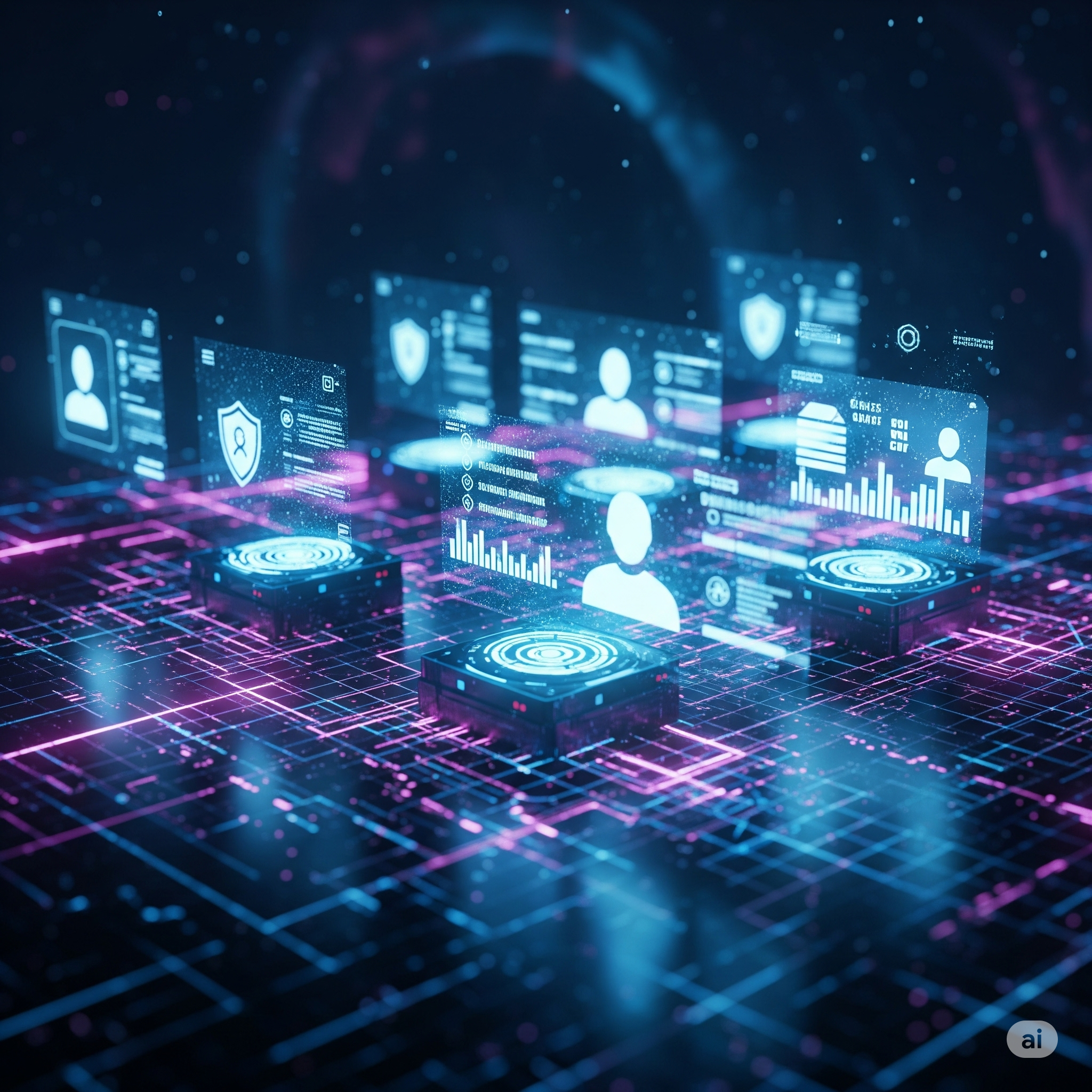
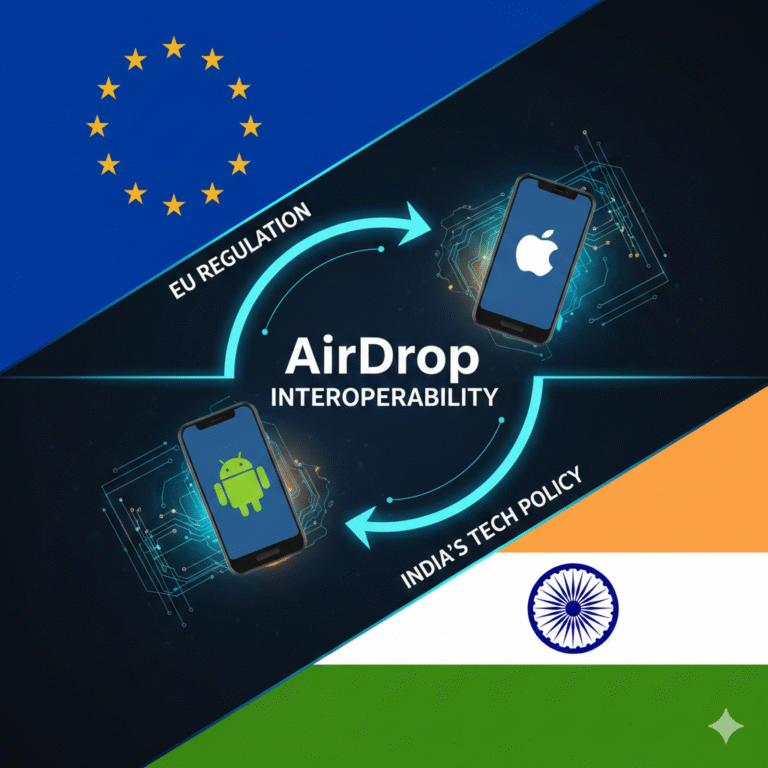

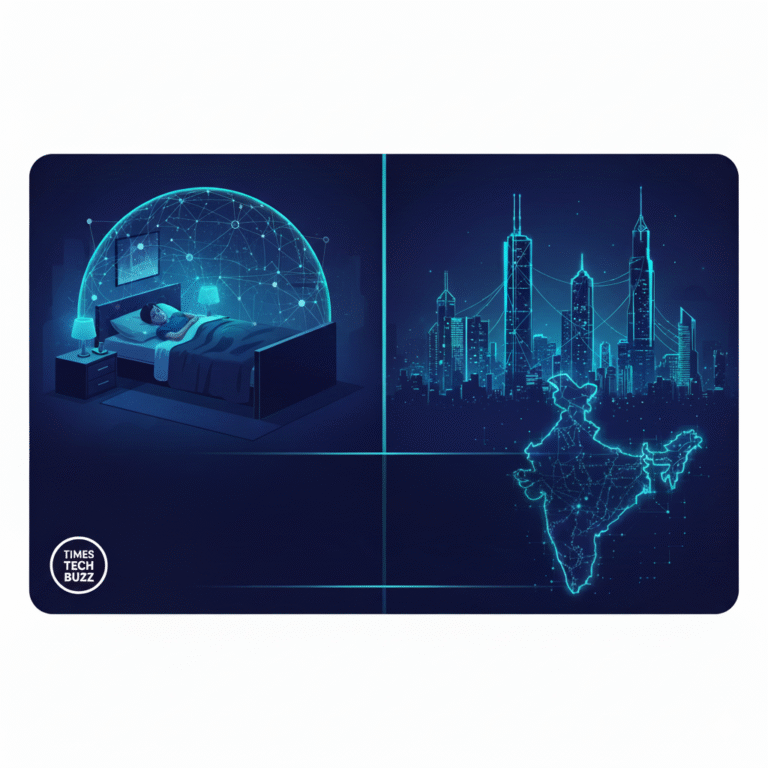

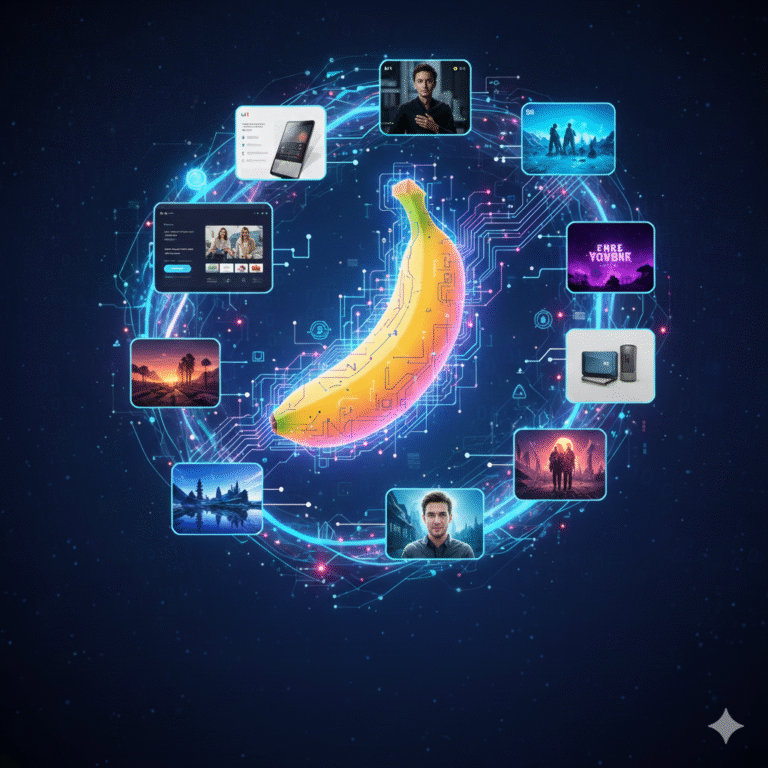
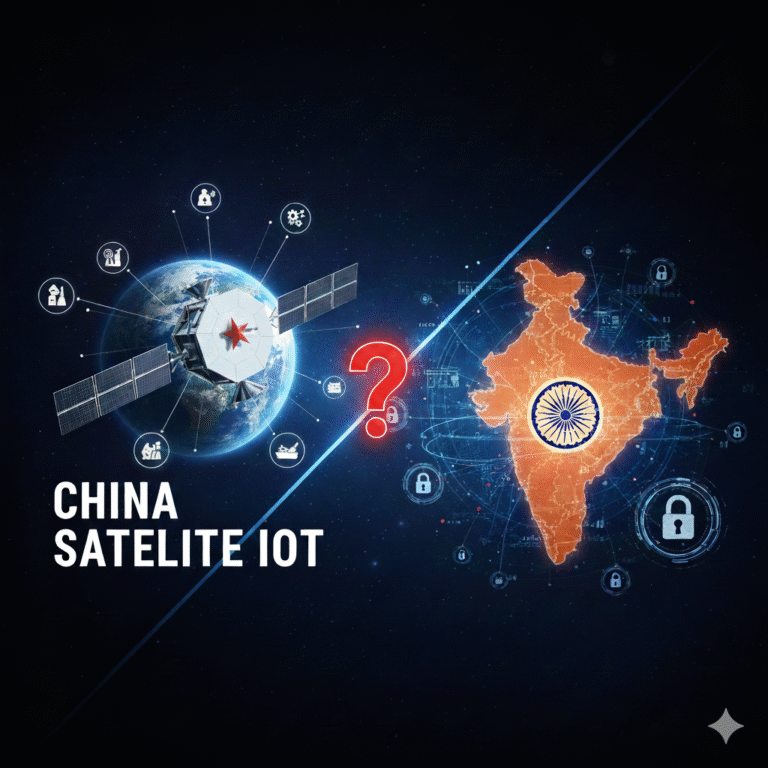
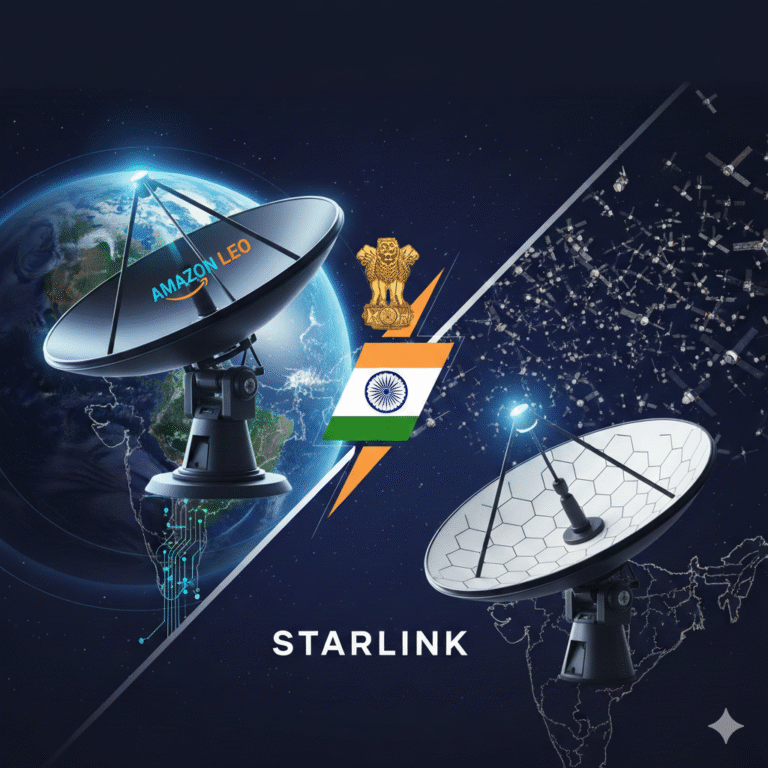

+ There are no comments
Add yours